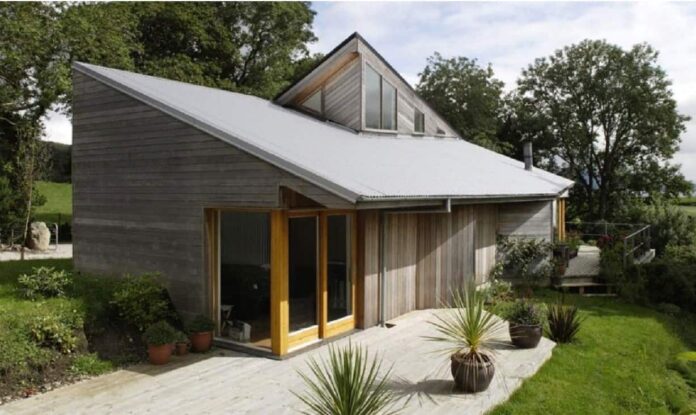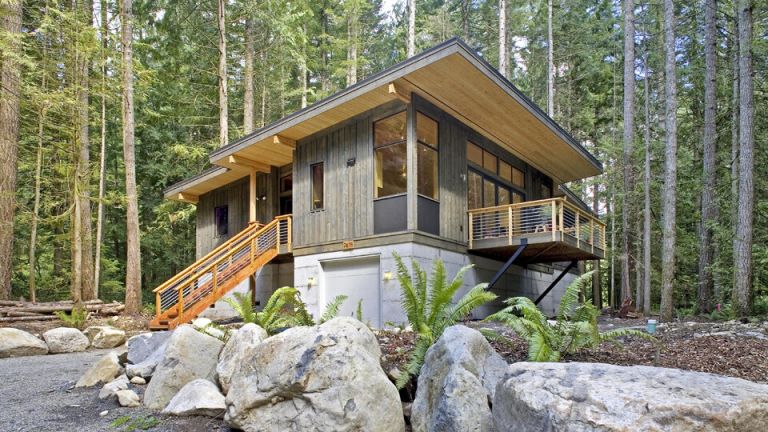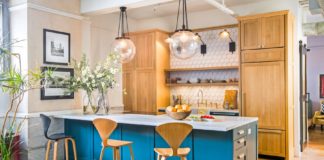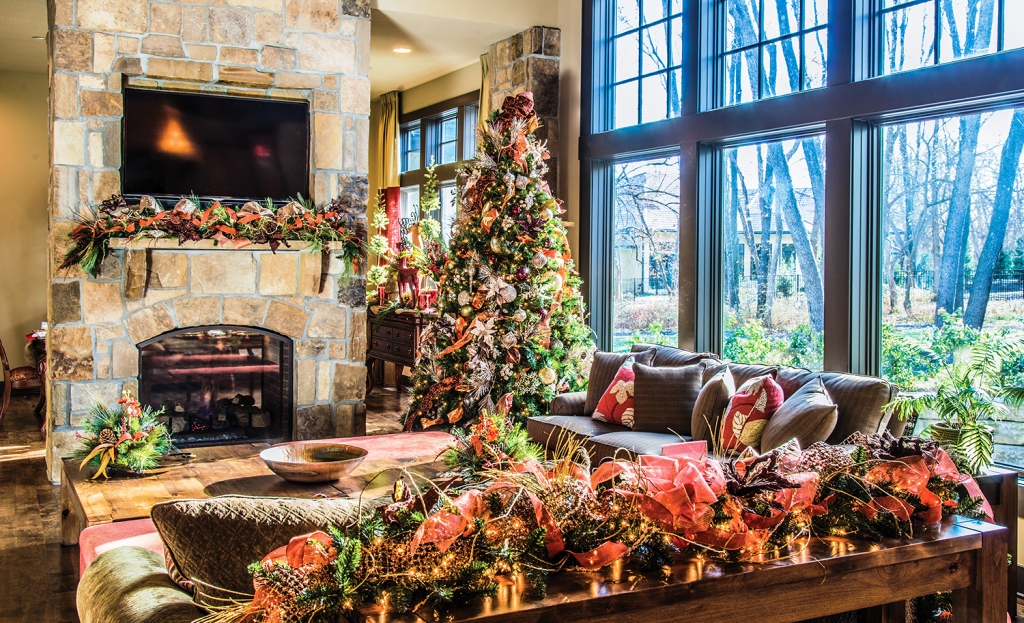Different factors contribute to sustainable living, including the property location, design, orientation, and energy sources. Today, property developers are more focused on constructing sustainable structures that contribute to a greener environment, and it is no wonder sustainable living apartments in Australia are in demand. There is no one-size-fits-all for sustainability in living, but the following features are a start.
Energy-efficient design
Energy efficiency is one of the critical elements of sustainable living. Utility costs have displayed an upward trend in Australia which explains why many homeowners are continuously looking for ways to lower their energy and gas consumption while lowering their carbon footprint.
Large initiatives like solar power backups and renewable sources of heating and cooling and small efforts like sealing air ducts to prevent air leakages go a long way. Sustainable living apartments in Burwood, Australia, have energy-efficient features like time-adjusted street lights, energy efficient lights, and electricity generation from non-exhaustible sources like solar.
Ecofriendly construction materials
A building should be sustainable from conception to completion. The design and construction should be implemented with sustainability in mind, which means using eco-friendly raw materials. Some of the sustainable materials used in green buildings include recycled stone and certified third-party forest wood, straw, and bamboo.
Before the construction, the site is also cleaned to eliminate toxic materials that counteract sustainability. Farmlands are not ideal sites for development because they are natural habitats and essential green spaces.
Passive heating and cooling
Passive design techniques are notable elements of sustainable living. The seven critical components of passive design in the home building process include insulation, ventilation, orientation, spatial zoning, thermal mass, shading, and glazing. Combined with the perfect home design, these aspects can provide natural and exceptional heating and cooling methods to ensure sustainable living.
Smart lighting
According to research, 11% of the average Australian home’s energy goes to lighting. Thankfully there are more ways to choose sustainable lighting than before. When viewing sustainable homes, look at the wattage and not the voltage of bulbs to save more energy. You can also combine LED and CFL light fixtures to lower your overall energy consumption. Consider wiring your lighting system through a C-bus smart wiring system if you want substantial energy savings.
Efficient waste management
Another aspect of sustainable living is efficient waste management because overflowing landfills are a concern, especially in urban cities. Sustainable living apartments are constructed with the primary goal of keeping wastage as minimum as possible. Therefore the generated waste materials should be recycled into new materials or refurbished for reuse. It is also possible to treat wastewater directed at sewage plants for reuse to reduce carbon footprint.
Lush landscapes
Sustainable living includes nurturing flora and fauna around us, and sustainable living developments feature lush landscapes and fresh spaces that enhance healthy living. Also, the surrounding amenities have thriving gardens, green parks, and scenic jogging trails that contribute to a pollution-free environment.
Conclusion
Sustainable living brings so many benefits, which explains why more people today are gravitating toward sustainable living apartments.



















